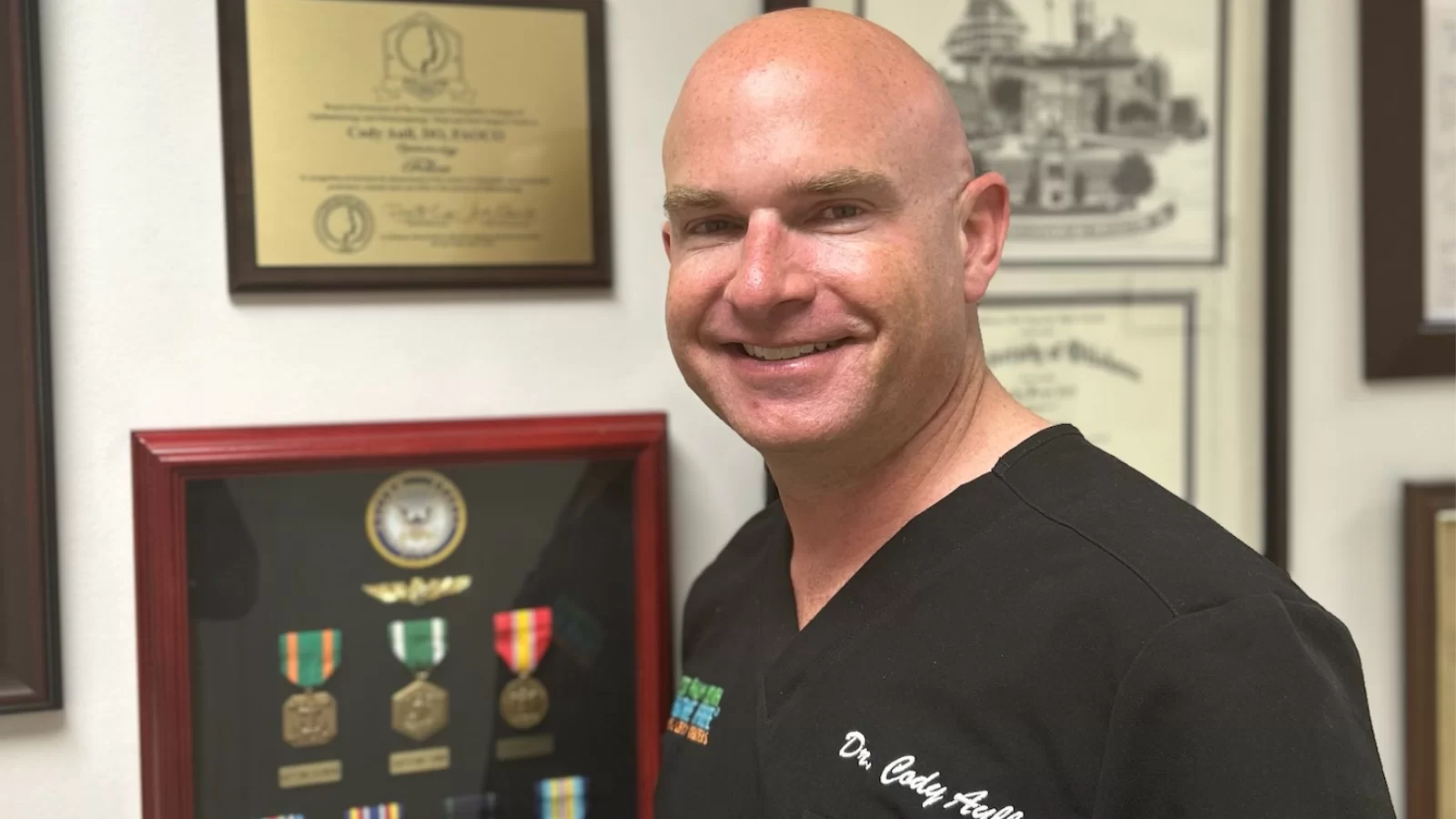Dr. Cody Aull | West Palm Beach Breathe Free
Dr. Cody Aull | West Palm Beach Breathe Free
- Symptoms of eustachian tube dysfunction (ETD) include fullness in the ears, feeling like your ears are plugged, changes in hearing, tinnitus, and pain.
- Some people are at a higher risk for ETD, including those struggling with obesity, smokers, and people with allergies.
- If left untreated, the symptoms of ETD are likely to recur.
"We offer Eustachian tube dilation using a balloon, similar to balloon sinuplasty. That's the biggest, newest, latest, greatest thing that we can offer," Dr. Aull told North Palm Beach Today.
According to Healthline, eustachian tubes are small tubes that run between your middle ears and the upper throat. They are responsible for equalizing ear pressure and draining fluid from the middle ear, the part of the ear behind the eardrum. The eustachian tubes are typically closed except during chewing, swallowing, or yawning.
These passageways are small in size and can become plugged due to a variety of reasons, according to Healthline. Blocked eustachian tubes can cause symptoms, including pain, hearing difficulties, and a feeling of fullness in the ears, which is referred to as eustachian tube dysfunction (ETD). Depending on the cause, it may resolve on its own or through simple at-home treatment measures. ETD is a relatively common condition, though severe or recurring cases may require a visit to the doctor.
ETD can be caused by allergies, a common cold, the flu, or chronic acid reflux, according to the Cleveland Clinic. ETD frequently resolves on its own, but patients are advised to consult a physician if symptoms persist for more than two weeks. At-home remedies to address ETD include chewing gum, yawning, swallowing, or saline nasal sprays. People with ETD due to allergies can treat their symptoms with an antihistamine or other over-the-counter medications.
If at-home remedies or medications are ineffective, a doctor might recommend surgical treatment. According to the Cleveland Clinic, one option is eustachian tuboplasty, also known as eustachian tube balloon dilation. The procedure is relatively new and involves inserting a small balloon through the nasal passage into the eustachian tube and then inflating the balloon. The balloon remains inflated for about two minutes before being deflated and removed. Recovery time is minimal, and patients typically recover within 24 hours.
Dr. Cody Aull earned his Doctor of Osteopathic Medicine degree from the University of Health Sciences/Kirksville College of Osteopathic Medicine in Missouri, according to West Palm Beach Breathe Free's website. Following that, he finished his residency in otolaryngology and surgery, which included an ENT internship, at Northeast Regional Medical Center in Missouri. He has also served as a flight surgeon in the U.S. Navy.


 Alerts Sign-up
Alerts Sign-up